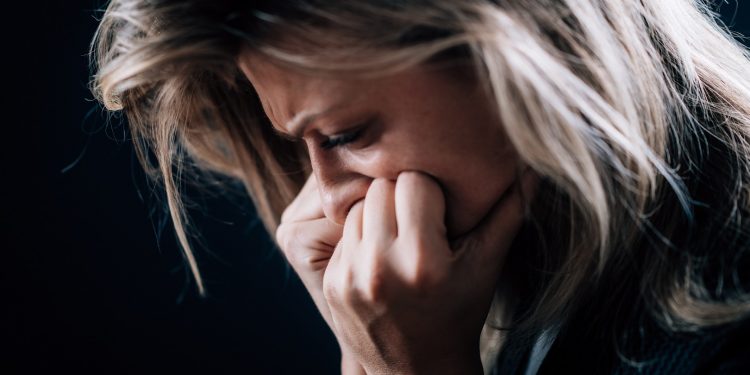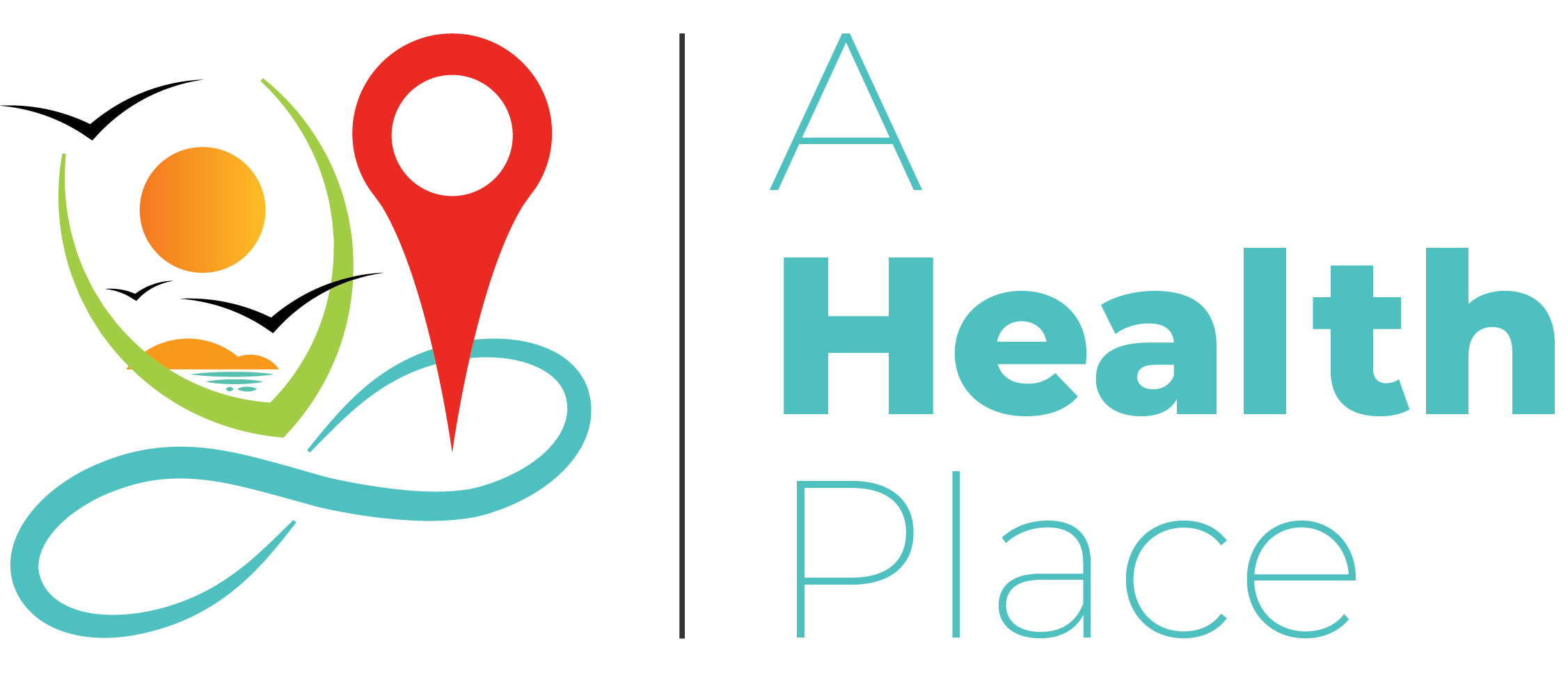Unexpected phobias you’ve never even heard of
Have you ever heard of a fear of cheese or a fear of chopsticks? These are just two examples of unexpected phobias that many people have never even heard of. Phobias are a type of anxiety disorder that causes people to have an irrational fear of a specific object, situation, or activity. While many phobias are well-known, such as arachnophobia (fear of spiders) and acrophobia (fear of heights), there are many unexpected phobias that can be equally debilitating.
What is a Phobia?
Before we dive into unexpected phobias, it’s important to understand what a phobia is. A phobia is an intense and continuous fear of a particular object, activity or situation. People with a phobia may experience symptoms such as sweating, trembling, increased heart rate, and difficulty breathing when they are exposed to their fear. The fear is usually out of proportion to the actual danger posed by the object, situation, or activity, and it can interfere with daily life.
Types of Phobias
There are three main types of phobias:
Specific phobias: These are phobias of specific objects, situations, or activities, such as a fear of spiders or a fear of flying.
Social phobias: These are phobias of social situations, such as a fear of public speaking or a fear of eating in public.
Agoraphobia: This is a phobia of being in situations where escape may be difficult or embarrassing, such as crowded places or public transportation.
Causes of Phobias
The exact causes of phobias are not fully understood, but they may be related to genetics, brain chemistry, or life experiences. For example, a person who has a traumatic experience with a specific object or situation may develop a phobia of it. Phobias can also develop through learned behaviors or observations of others.
Below are factors that may contribute to the development of a phobia:
Genetics: Research suggests that phobias may have a genetic component. Some people may be more predisposed to developing a phobia due to their genetic makeup.
Brain chemistry: Imbalances in brain chemicals, such as serotonin and dopamine, may contribute to the development of phobias.
Life experiences: Traumatic experiences, such as a near-drowning experience leading to a fear of water or a car accident leading to a fear of driving, can trigger the development of a phobia.
Learned behaviors: People can develop a phobia by observing others’ fearful responses to a particular object, situation, or activity. For instance, a child might see their parent reacting fearfully to spiders, they themselves may develop a phobia of spiders.
Cultural factors: Phobias can also be influenced by cultural factors. For example, some cultures may have taboos or superstitions around certain animals or situations, which can lead to the development of a phobia.
How Phobias are Diagnosed?
If you suspect that you have a phobia, it’s important to seek professional help. A mental health professional can diagnose a phobia through a physical exam and psychological evaluation. They may also use diagnostic criteria from the Diagnostic and Statistical Manual of Mental Disorders (DSM-5) to make a diagnosis.
Treatment Options for Phobias
There are several treatment options for phobias, including:
Cognitive-behavioral therapy (CBT): This therapy helps people identify and change negative thought patterns and behaviors related to their phobia.
Exposure therapy: This therapy involves gradually exposing a person to their fear in a controlled environment until they can tolerate it without experiencing anxiety.
Medications: Antidepressants and anti-anxiety medications can help manage symptoms of phobias.
Examples of Unexpected Phobias
While many phobias are well-known, there are some unexpected phobias that may surprise you. Here are a few examples:
Nomophobia: Fear of not being with a mobile phone
Ablutophobia: Fear of washing or bathing
Turophobia: Fear of cheese. For some individuals, the sight, smell, taste or even thought of cheese can send them into a cold sweat.
Xanthophobia: Fear of the color yellow
Hylophobia: Fear of trees
Chrometophobia: Fear of money
Consecotaleophobia: Fear of chopsticks
Peladophobia: Fear of bald people
Pogonophobia: Fear of beards
The Impact of Unexpected Phobias on Daily Life
While some unexpected phobias may seem trivial or humorous, they can have a significant impact on a person’s daily life. For example, a person with a fear of cheese may have difficulty going to restaurants or grocery stores where cheese is present. A person with a fear of the color yellow may avoid certain clothing or home décor items. These phobias can cause significant distress and anxiety, and they can interfere with daily activities and social interactions.
It’s important to seek help if you or someone you know is struggling with a phobia.
Conclusion
Phobias are a common and often debilitating condition that can cause significant distress and anxiety. While many phobias are well-known, there are also many unexpected phobias that can be equally challenging. It’s important to remember that phobias are a real and serious condition that can be treated with the help of a mental health professional. It’s also pertinent to seek professional help if you suspect that you have a phobia, as there are many effective treatment options available. With the right treatment, it’s possible to overcome a phobia and live a fulfilling life free from fear and anxiety.
References https://www.bbc.co.uk/bitesize/articles/zhsjrj6#:~:text=Turophobia%20-%20fear%20of%20cheese&text=For%20some%20people%2C%20the%20smell,who%20are%20lactose%20intolerant%20too. https://www.therecoveryvillage.com/mental-health/phobias/weird-phobias/











Discussion about this post